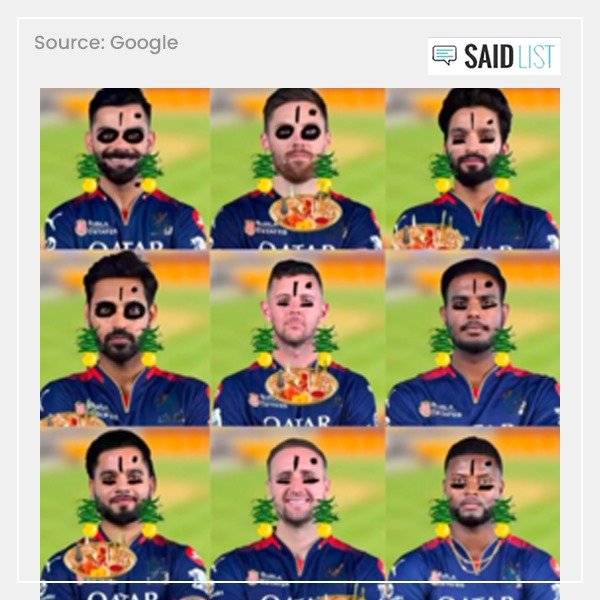In a viral video circulating on social media platform X (formerly known as Twitter), the occupants of a Mahindra Thar were caught on camera aggressively attacking a Maruti Swift cab after an alleged rear-end collision. The footage, originally shared by user @ShivrattanDhil1, shows at least four men furiously banging on the windows and attempting to smash the windshield of the cab while demanding the driver exit the vehicle. The cab driver stayed inside, wisely reversing to escape the unruly crowd while one man tried to control the others.
The video has sparked widespread commentary and fueled a debate on stereotypes often associated with owners of certain SUVs. Many social media users were quick to comment on the Thar’s aggressive reputation. While some stated that Thar, Innova, and Fortuner drivers often display reckless and hostile behavior on the road. User Ishwar Singh remarked, “Two most violent creatures on the planet: Thar Owners and Noida Dog Owners,” while another, Udit Bhandari, stated, “High on booze and testosterone, low on brains and civility.” Others added humor, with one individual commenting, “Divided by languages but united as Thar owners. All over India, they’re behaving like this only.”
Despite the flood of critical remarks, some users spoke against overgeneralizing Thar owners, emphasizing that bad behavior isn’t exclusive to any particular brand. User Ankit commented, “Stereotyping is bad; there’s nothing wrong with Mahindra Thar or Hyundai Creta owners. It’s all about people. Even the most sophisticated car owners have been caught behaving in a nasty manner. Bigger cars warrant bigger responsibilities, which no one realizes.”
This incident sheds light on the deeper issue of road rage and the frustration associated with it, amplified when it involves larger vehicles often seen as symbols of power and dominance. The incident serves as a reminder of the need for civility and responsible behavior, no matter the vehicle. As discussions around car-related stereotypes grow, this video serves as a reflection of the challenges of modern road interactions.











